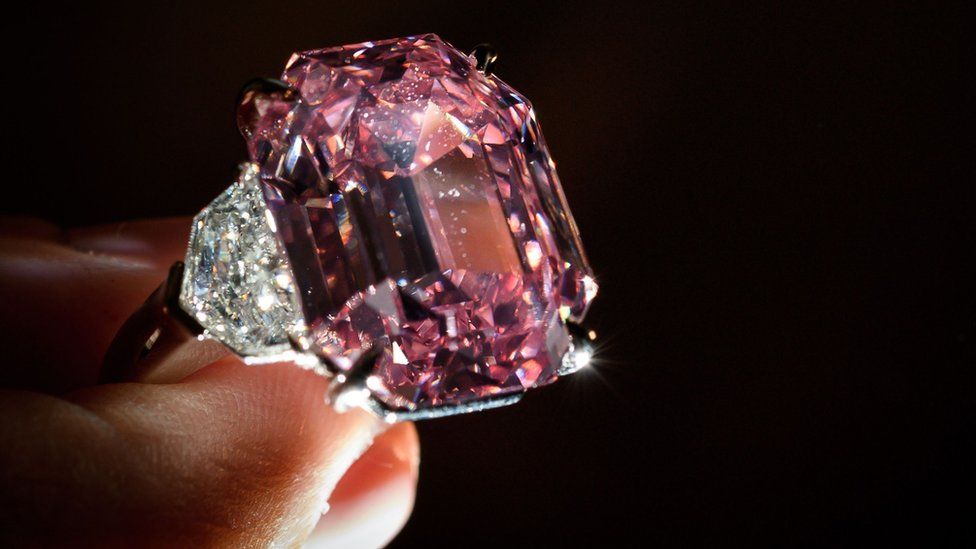Introduction
Diamonds are more than just sparkling gemstones; they represent enduring beauty and luxury. Their rarity adds to their mystique, making them highly coveted in various industries, especially jewelry. Understanding what makes diamonds rare involves exploring their formation, distribution, and the complex dynamics of their global market.
Formation of Diamonds
Diamonds form deep within the Earth’s mantle under extreme pressure and temperature conditions sind diamanten selten. Carbon atoms crystallize over millions of years, creating the hardest natural substance known to man. This geological process occurs in specific regions where the conditions are ideal for diamond formation.
Distribution of Diamonds
While diamonds are found on every continent, only a few regions yield gem-quality stones in economically viable quantities. Countries like Russia, Botswana, Canada, and Australia are prominent in diamond production, each contributing differently to the global supply chain.
Types of Diamonds
Natural diamonds are distinguished from synthetic ones, which are produced in controlled laboratory environments. Industrial diamonds serve various technological purposes, while gem-quality diamonds are sought after for their aesthetic appeal and rarity.
Factors Influencing Rarity
Several factors contribute to diamond rarity, including geological constraints on diamond formation and the economic viability of mining operations. The scarcity of new diamond discoveries and the challenges in accessing existing deposits also impact their rarity.
History of Diamond Mining
Diamond mining has evolved significantly from ancient times when diamonds were discovered in riverbeds to modern industrial mining operations. Advances in technology have enabled more efficient extraction methods, although they also raise environmental concerns.
Impact of Technology on Diamond Mining
Modern mining techniques involve advanced machinery and sophisticated processes to extract diamonds from deep within the Earth. However, these methods must balance efficiency with environmental stewardship to minimize ecological footprint.
Famous Diamonds
Throughout history, certain diamonds have gained fame due to their size, color, or historical significance. From the Hope Diamond to the Cullinan Diamond, these gems have transcended mere rarity to become cultural icons.
Diamond Supply Chain
The journey of a diamond from the mine to the market involves multiple stages, including sorting, cutting, and polishing. Challenges such as ethical concerns and supply chain transparency continue to shape the diamond industry.
Market Dynamics
Diamond prices fluctuate based on supply and demand dynamics influenced by global economic conditions and consumer trends. The rarity of certain colored diamonds and large, flawless stones often commands premium prices at auctions and in retail markets.
Are you looking to make a statement with elegance and timeless beauty? Look no further than our exquisite collection of diamond rings. Whether you’re celebrating a special occasion or looking for the perfect symbol of your love, our rings are crafted to perfection fertig zum kaufen diamantringe, showcasing dazzling diamonds set in the finest metals.
Future of Diamond Mining
As technology advances and new exploration techniques emerge, the future of diamond mining holds promise for discovering new deposits. However, environmental and social responsibilities must be balanced with the quest for new sources of diamonds.
Social and Economic Impact
Diamond mining plays a crucial role in the economies of producing countries, providing jobs and infrastructure development. Yet, it also raises social challenges such as labor rights and community displacement that require careful management.
Ethical Concerns
Efforts to combat conflict diamonds, which fund armed conflicts, have led to initiatives like the Kimberley Process Certification Scheme. Ethical sourcing practices aim to ensure that diamonds contribute positively to local communities and global stability.
Diamonds in Popular Culture
Beyond their monetary value, diamonds hold symbolic importance in cultures worldwide, representing love, commitment, and status. Their influence on fashion trends and jewelry design underscores their enduring appeal in modern society.
Conclusion
In conclusion, diamonds remain rare and precious, shaped by geological forces, technological advancements, and global market dynamics. Their allure extends beyond their physical properties to encompass cultural significance and economic impact. As we navigate the complexities of diamond rarity, one thing remains clear: diamonds continue to fascinate and inspire, serving as timeless symbols of beauty and luxury in our ever-changing world.
